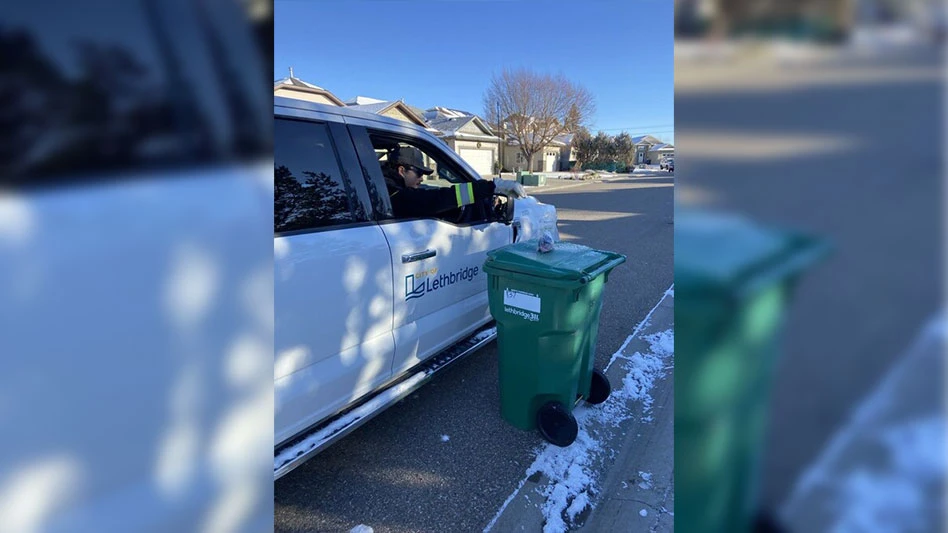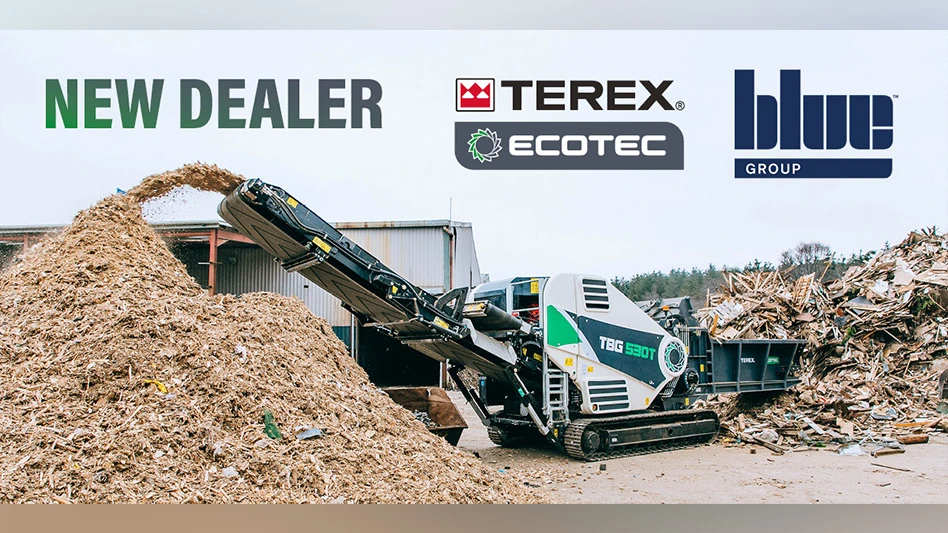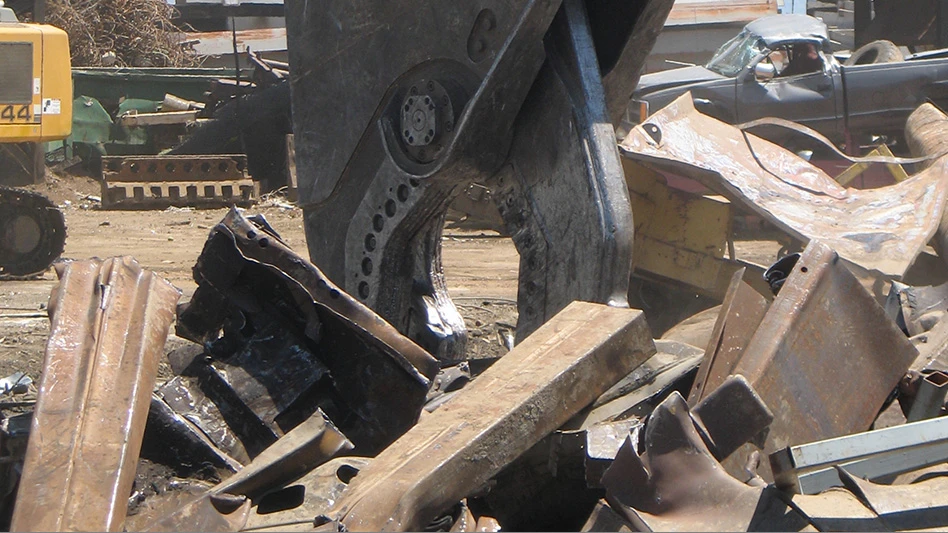A new study from the Corrugated Packaging Alliance, Itasca, Illinois, shows more corrugated boxes are shipped with recyclable alternative coatings than are shipped using traditional wax coatings for the first time since the introduction of the corrugated industry’s recyclability protocol in 2005. In 2014, the corrugated industry shipped 10.6 billion square feet of boxes using recyclable wax alternative coatings versus 9.8 billion square feet of waxed boxes.
Wax coatings on boxes have been traditionally used as a moisture barrier to preserve the strength of a corrugated container holding wet or iced products such as fresh fruits and vegetables, meat, poultry and seafood.
.gif) By developing and using wax alternatives, the industry continues to increase the amount of recyclable corrugated packaging.
By developing and using wax alternatives, the industry continues to increase the amount of recyclable corrugated packaging.
In 2014, the corrugated industry shipped 10.6 billion square feet of boxes using recyclable wax alternative coatings. That’s more than 708 percent more than the 1.3 billion square feet shipped when first measured in 2002.
Progress has been made in replacing all types of wax treated boxes (cascaded, impregnated and curtain-coated) with recyclable treated boxes, the Corrugated Packaging Alliance says.
Forty-seven recyclable wax alternatives have passed certification testing for repulpability and recyclability and have been registered with the Fibre Box Association as of October 2015.
During the past decade, the recovery rate for old corrugated containers continued to climb, hovering near 90 percent for the past four years, the Corrugated Packaging Alliance says. Today, more corrugated packaging is recovered for recycling than any other packaging material primarily due to tremendous recovery efforts at supermarkets and retail collection where OCC is baled, then sold to generate substantial revenue and to improve store profitability.
Dennis Colley, executive director of the Corrugated Packaging Alliance, says, “Corrugated is the most reliable, cost-effective and sustainable package available for transporting most products, including those requiring moisture protection such as fresh produce. Even those boxes can be made with recyclable materials. The continuous decrease in wax coatings means that renewable, recyclable corrugated can be used for even the most demanding applications.”
For more information about recyclable wax alternatives, including a fact sheet, visit www.corrugated.org.
Latest from Recycling Today
- Phoenix Technologies closes Ohio rPET facility
- EPA selects 2 governments in Pennsylvania to receive recycling, waste grants
- NWRA Florida Chapter announces 2025 Legislative Champion Awards
- Goldman Sachs Research: Copper prices to decline in 2026
- Tomra opens London RVM showroom
- Ball Corp. makes European investment
- Harbor Logistics adds business development executive
- Emerald Packaging replaces more than 1M pounds of virgin plastic





